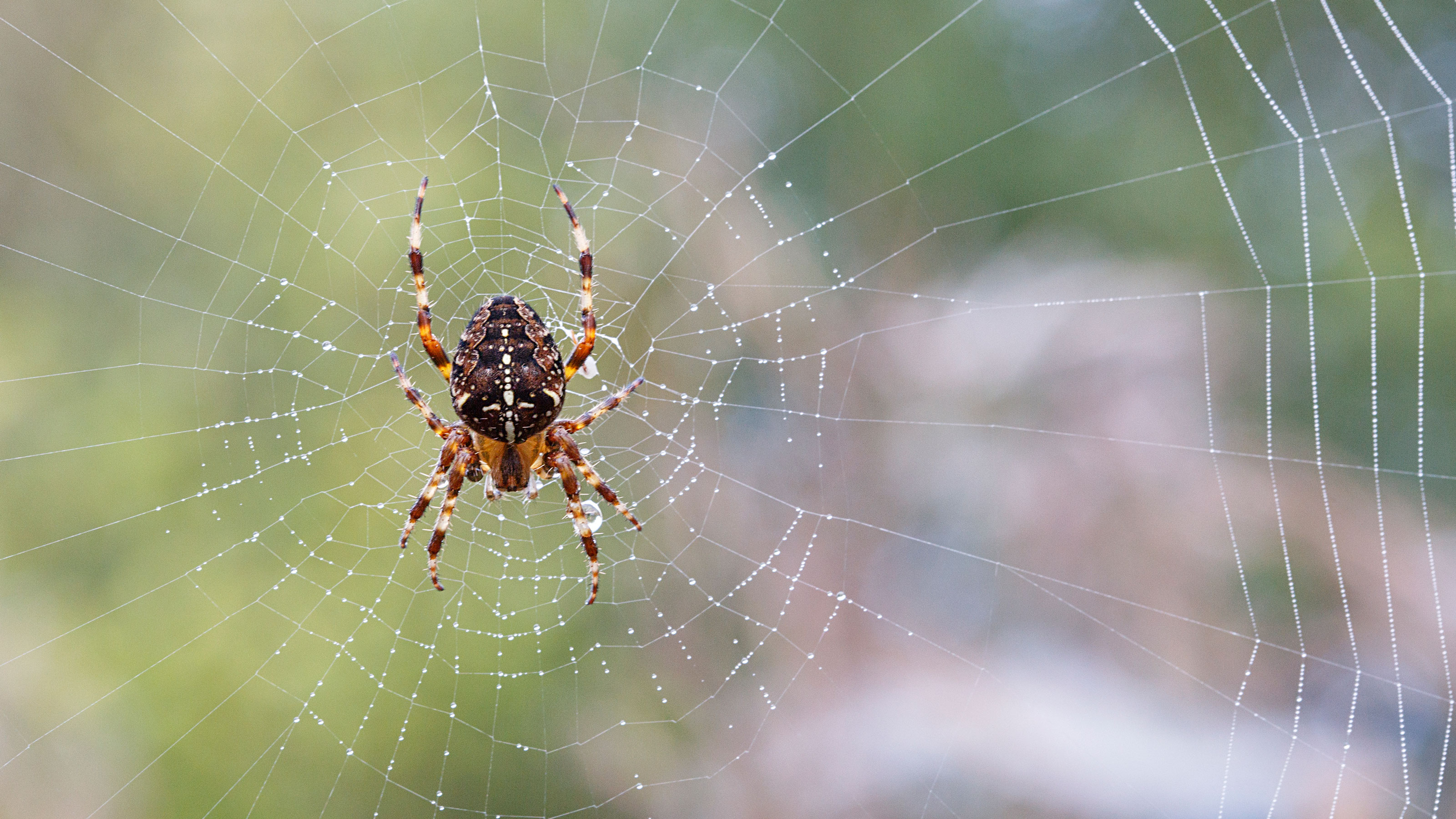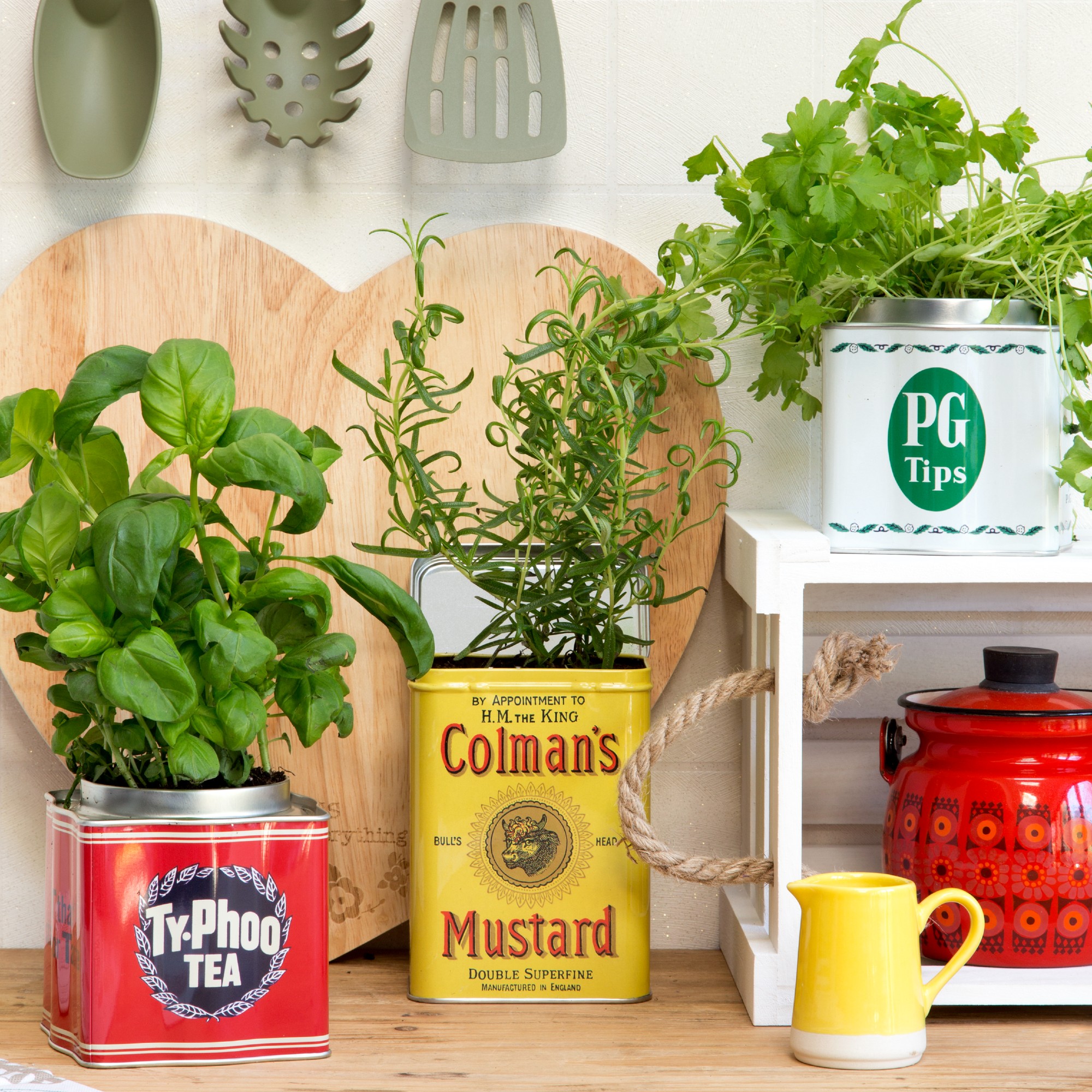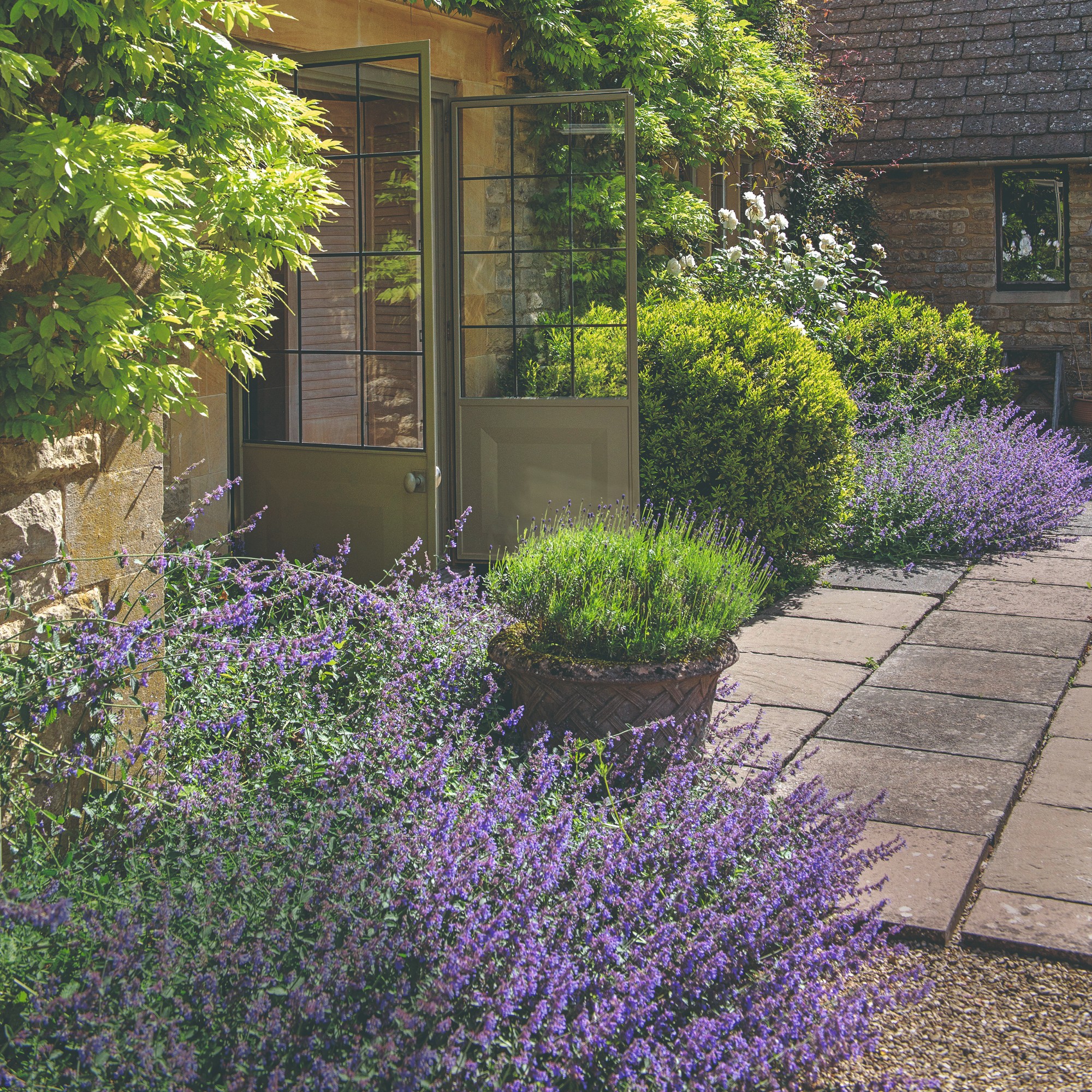7 plants that repel spiders - indoor and outdoor options to keep spiders away from your home
Keep these creepy crawlies at bay in the best way


Cobwebs all over the house? Spiders ruining your relaxing morning coffee on the patio? Well, you might not need encouragement to add more plants to your home, but adding more plants into the mix can certainly help you out. After all, many plants repel spiders.
While there are many ways to get rid of spiders in the house and keep spiders off garden furniture, many of these techniques involve homemade sprays, multiple ingredients and products, and, sometimes, chemical repellents. There’s a much easier (and more natural) way to tackle these eight-legged critters, though.
By using both indoor and outdoor pest-repellent plants to your advantage, you can keep spiders away from your garden and stop them from entering your home. And with the recent reports that we could see rat-sized spiders in our gardens soon, you might want to start planting pretty sharp-ish…
1. Marigolds

There aren’t really any downsides to marigolds. As well as brightening your outdoor space, they’re some of the best flowers for raised garden beds and planting next to your tomatoes as part of your companion planting ideas. They can keep the spiders away, too.
Morris Hankinson, Director of Hopes Grove Nurseries, echoes this, saying, ‘Marigolds are superb garden plants with bright colours varying from yellow to orange and red. They are edible with a slightly peppery taste and spicy smell, and the phototoxin in marigolds is a repellant to spiders.’
But if you choose to grow marigolds to repel spiders, make sure you decide whether you want to deadhead them or not. Both have their positives, so find the option that works for you.
Where to buy marigolds:
Sign up to our newsletter for style inspiration, real homes, project and garden advice and shopping know-how
- Crocus: Buy 150 marigold seeds ready for sowing in the autumn or spring.
- Amazon: Buy three marigold plug plants to repel spiders.
- Thompson & Morgan: Stock up on half-hardy annual marigold seeds.

Morris Hankinson is the founder and managing director of Hopes Grove Nurseries Ltd, the UK’s only specialist grower-retailer of hedging plants. He established the thriving business in 1992, shortly after graduating with a Commercial Horticulture Degree from Writtle College, Essex.
2. Basil

If you’ve wanted to grow basil as part of your herb garden for a while now, take this as your sign to buy the pot from the supermarket and grow basil from shop-bought. This way, you can grow it indoors or outdoors to keep spiders at bay.
‘Basil is a delicious herb, but it’s not so delicious for spiders,’ explains Morris. ‘They tend to stay clear, so if you have a garden table or kitchen windowsill, pot some basil and place it right in the centre.’
Plus, you’ll benefit from using it on top of the freshly-made pizzas from your best pizza oven. Just remember to keep it somewhere bright, as Graham Smith MClhort, a gardening expert from LBS Horticulture explains, ‘It can be grown indoors or outdoors, as long as it receives a few hours of sunlight a day.’
Where to buy basil:
- Waitrose & Partners: Buy a large basil pot to continue growing at home.
- B&Q: Buy 500 basil seeds to grow from scratch.
- Amazon: Buy six basil plug plants ready for planting.
3. Citronella

There’s a high chance that you already make the most of citronella candles and scented oils to keep pests at bay, but did you know that you can also grow citronella plants in the UK? Doing so is a little tricky as they’re not native to the UK, but they can be grown either as outdoor plants or houseplants.
Morris says, ‘Citronella is known to repel mosquitoes, but it can also repel spiders. That citrus scent is just too much for them.’
If you’re going to use the citronella plant to repel spiders outdoors, though, aim to grow them in a pot so you can bring it in over the winter. Otherwise, it might not survive the cold.
Where to buy citronella:
- B&Q: Buy a potted citronella plant in 12cm pot.
- Amazon: Buy a citronella plant ready for repotting or planting.
- Etsy: Buy three live citronella cuttings to grow at home.
4. Rosemary

If you’ve ever grown rosemary, you may have noticed that it’s not incredibly scented. Sure, there are subtle aromatics, but it’s not as strong as the likes of mint or lavender.
Graham says, ‘Although rosemary may only have a faint scent to humans, it is believed to have a very strong odour for spiders. It can be grown in your garden all year round, but young plants are not very tolerant of the cold, so they may need to be brought indoors during winter.’
Spiders will actively avoid going near this plant, so you can use it to your advantage inside or outside the home. And if you want to grow rosemary for the first time, make sure you know when to plant rosemary for the best chances of success.
Where to buy rosemary:
- Crocus: Buy a rosemary plant in a 9cm pot.
- Sarah Raven: Buy three potted rosemary plants to ward off spiders.
- Dobies: Buy pyramid-shaped rosemary plants for visual intrigue.
5. Lavender

You were probably expecting lavender to be on this list. After all, it’s one of the most fragrant plants that you can buy. And while many people choose to grow lavender for that exact reason, spiders don’t share the same thoughts as us.
‘If you are intending to use lavender to repel spiders, English Lavender is the strongest smelling of all the available varieties,’ explains Graham. ‘You can grow this outdoors, or take cuttings and hang these around your home to deter spiders.’
If you already have lavender in your garden and want to add more to help repel spiders, don’t bother heading to the garden centre and buying any more. You can simply propagate your lavender instead.
Where to buy lavender:
- Thompson & Morgan: Buy English lavender plug plants for planting.
- B&Q: Buy a 2L potted lavender for your garden.
- Crocus: Buy three 9cm lavender pots to repel spiders.
6. Chrysanthemum

Like a few of the other spider-repellent plants on this list, chrysanthemums don’t necessarily have a smell. But the natural make-up of chrysanthemums makes them incredibly toxic to spiders, which is why they’re often crushed up and used in natural insecticides.
Morris explains, ‘Chrysanthemums are said to repel spiders and other insects, due to pyrethrum which is often used in natural insect repellents.’
Because of this, many people grow chrysanthemums as companion plants to keep spiders and other pests away from the plants they want to protect.
Where to buy chrysanthemums:
- Homebase: Buy a mix of five chrysanthemum plants.
- B&Q: Choose yellow chrysanthemums for a brighter garden.
- Crocus: Buy three 9cm chrysanthemum pots for your garden.
7. Mint

There really are no downsides to growing mint. As well as filling your garden or home with a wonderful scent and adding a fresh edge to your mojitos, it’s also one of the best plants for repelling spiders - largely because the smell is so strong.
‘Another herb that can be used to repel spiders is mint,’ Morris says. ‘Mint is easy to grow and ideal for pots and containers, so it’s another herb to grow in a place where you’d like to keep spiders at bay.’
You can also grow mint from cuttings if you know someone who already has an established plant, so you can grow it for free.
Where to buy mint:
- Waitrose & Partners: Buy a mint plant to continue growing at home.
- Crocus: Buy mint plants or seeds to repel spiders.
- Amazon: Buy an 8cm pot of mint for your garden.
FAQs
Do mint tea bags repel spiders?
As we already know, spiders hate the smell of mint. And while planting mint can work as an effective repellent, many people have also found success in using mint tea bags to keep spiders at bay.
There are a couple of ways to use mint tea bags to your advantage. You could either lay used mint teabags in spider-infested areas - like on your garden borders or on your windowsills (ideally on a plate to prevent staining).
Alternatively, you could brew a large cup of mint tea and then transfer the tea into a spray bottle before spraying the affected areas of your home or garden.
For these to be effective, however, you’ll need to replace the teabags or spray fresh tea every few days, so it’s generally not considered to be a long-term solution.
Do spiders hate vinegar?
Yes, spiders absolutely hate vinegar and will avoid vinegar at all costs. Because of this, you can create a mixture of white vinegar and water to spray areas of your home. This should be enough to repel spiders and keep them at bay, but you may need to re-spritz every now and then to ensure you’re fully protected.
So, will you be planting these plants that repel spiders in your home?

Lauren Bradbury has been the Content Editor for the House Manual section since January 2025 but worked with the team as a freelancer for a year and a half before that. She graduated with a Bachelor’s degree in English and Creative Writing from the University of Chichester in 2016. Then, she dipped her toe into the world of content writing, primarily focusing on home content. After years of agency work, she decided to take the plunge and become a full-time freelancer for online publications, including Real Homes and Ideal Home, before taking on this permanent role. Now, she spends her days searching for the best decluttering and cleaning hacks and creating handy how-to guides for homeowners and renters alike, as well as testing vacuums as part of her role as the Ideal Home Certified Expert in Training on Vacuums, having spent over 110 hours testing different vacuum models to date!